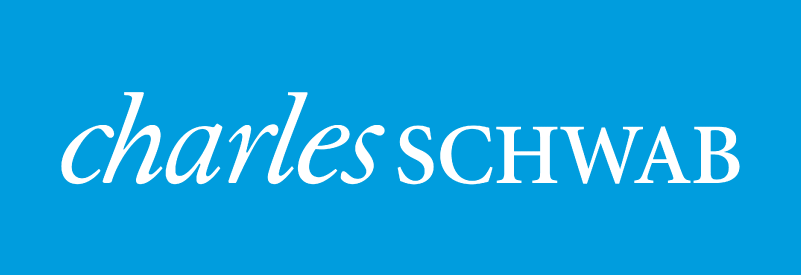With April in the rearview mirror, 2016 is officially one-third completed, and what a four months it has been. Volatility in January and February was followed by a recovery in March and continued recovery in April. April kicked off the second quarter with relatively encouraging returns across global equities, high yield debt, and commodities despite an uptick in volatility during the last week of the month.
The month was not friendly to NASDAQ stocks and Japanese equities. Technology companies such as Apple, Alphabet, and Microsoft were punished for disappointing investors on their 1Q earnings announcements. Overall, first quarter earnings look fairly certain to register a fourth consecutive negative year over year decline. Most analysts predict more robust year over year comps in the back half of 2016, with several looking for double digit growth in the fourth quarter of 2016. Japanese markets sold off 6.5% in the last week of the month alone due to, in a highly anticipated announcement, the Bank of Japan failing to provide investors with the accommodative monetary policy they craved.
More pronounced positive moves occurred in commodities and commodity oriented non-U.S. markets. In spite of failed talks among OPEC nations to curtail production, oil prices rose nearly 25% for the month, providing a tailwind for commodity exporters and real pressure on the U.S. dollar. The USD lost ground versus most major currencies including the Yen (5%), Canadian Dollar (3.3%), and the Euro (0.5%). The weakening U.S. dollar and stronger energy/commodity prices greatly benefited several non-U.S. equity markets including Japan (+4.65%), Russia (+7.8%), Brazil (+10.4%), and Canada (+6.7%).
U.S. equity markets were positive overall and also bucked a couple of trends that have been in place for some time – value stocks outperformed growth stocks and smaller/mid-sized companies outperformed their larger cap peers. The rally and strong relative performance of small cap stocks has been particularly interesting and enough to push the Russell 2,000 into a new bull market (a 20%+ rally that was preceded by a 20%+ decline). While the S&P 500 never moved into bear market territory, the Russell 2,000 did, falling 26.4% from its high on 6/23/15 to a low on 2/11/16.
Overall economic tone globally remained relatively sluggish. U.S. GDP for the first quarter registered 0.5% growth while inflation indicators remained largely at bay. Sentiment indicators are encouraging as well, from a contrarian perspective. AAII (American Association of Individual Investors) surveys put bullish sentiment near the lows of February 2016, while neutral sentiments are relatively high. Short interest in the market has been falling precipitously as hedge fund investors seem to have rushed to cover their shorts in the recovery rally of March and April.




Leave a Reply